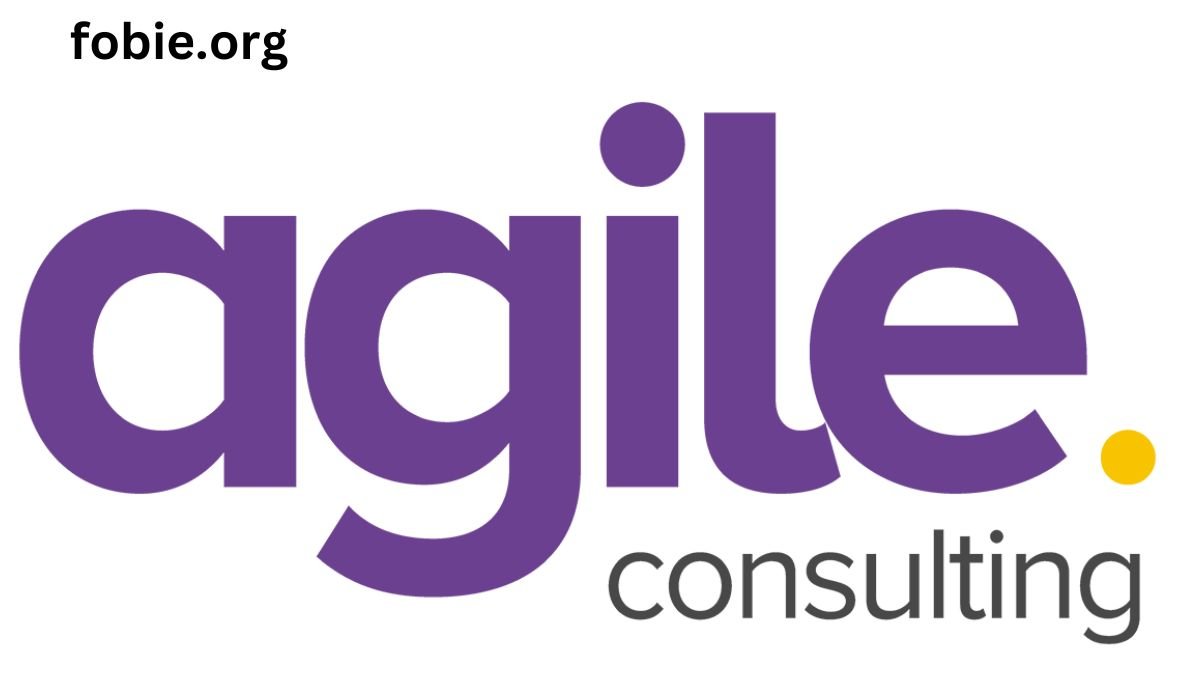Have you ever considered how stock trading offers different ways to make money? Did you know that investors often have the right to buy or sell an asset at specific prices? Understanding tools like put and call options is essential for successful trading strategies.
So, what is a put option? It is the contract that gives you the right to sell a stock at a set price. In this article, we will discuss the many advantages of using this financial instrument. Let’s learn how they protect investments and unlock new profit opportunities.
Risk Management and Hedging
This financial tool provides a substantial advantage for risk management by protecting against potential losses. They serve as a hedge for investors who fear an asset’s price might drop. This built-in protection proves invaluable during unpredictable or volatile markets.
Profit from Falling Prices
This trading strategy allows investors to profit when asset prices decline, especially during bear markets. If they expect a stock to drop, buying a put ensures selling at a higher price. This tactic benefits traders who prefer not to engage in complex short-selling methods.
Leverage for Increased Returns
The hedging tools provide leverage by allowing investors to control more assets with minimal capital. By paying a small premium, traders gain exposure to potentially larger market movements. If the prediction of a price drop is accurate, potential returns from these strategies can be substantial.
Limited Loss Potential
The beauty of this investment tactic lies in its limited risk, a key advantage for cautious investors. When purchasing this tool, the only potential loss is the premium paid upfront. Unlike short-selling, where losses can be unlimited, the risk with puts is always capped.
Flexibility in Portfolio Strategies
This trading approach brings flexibility, letting investors hedge, speculate, or manage income generation within portfolios. Investors can protect long-term stock holdings from short-term declines without selling the asset. This flexibility allows for strategies that cater to different market scenarios and individual goals.
Income Generation with Covered Puts
These financial instruments can serve as income-generation tools by selling stocks. To understand the process, it is essential first to ask, “What is a put option?”. If the stock price remains above the set strike price, the seller collects the premium.
Low Initial Investment
Another benefit of purchasing option contracts for investors is the relatively low upfront cost. Compared to buying or selling large stock quantities, put options require minimal capital outlay. The premium cost is a fraction of the stock’s total value, making it highly affordable.
Protection Against Market Crashes
These financial tools offer invaluable protection during significant market crashes, acting as a form of insurance. Investors who worry about sudden market drops can secure their portfolios using put options. These tactics allow them to sell stocks at a pre-agreed price, regardless of market conditions.
Improved Timing for Market Entry and Exit
This mechanism helps investors optimise their market timing when making entry or exit decisions. If investors believe an asset is overvalued but not ready, they can buy protection. This strategy gives them time to delay their position until the price drop occurs.
Portfolio Diversification
These options can enhance portfolio diversification by introducing new strategic elements to traditional investments. By incorporating put strategies, investors can hedge risks and generate income without relying solely on stocks. This diversification balances risks and rewards, providing greater resilience against market fluctuations.
Consider these advantages and explore how these options can benefit your trading strategy. How can these tools enhance your portfolio’s protection and potential profits? Consulting trusted brokers can provide valuable knowledge on the enquiry “What is a put option?”. By understanding these concepts, you can confidently navigate market risks and opportunities.











